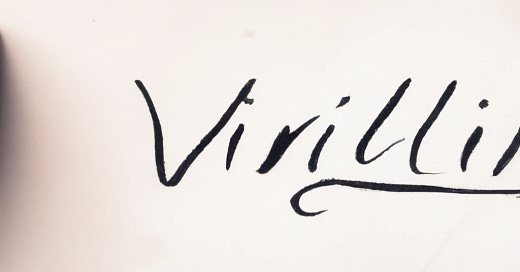The Asperger Language: "The Synchronicity of Names and Narratives: Mario Major and the Echoes of Hemingway's Magnum Opus"
"Names are the threads that weave the fabric of our stories."
Abstract
In the vast realm of etymology and literary exploration, the convergence of names and narratives often reveals profound insights into the human experience. This paper delves into the fascinating interplay between nomenclature and storytelling, with a particular focus on the serendipitous alignment of the name "Mario Major" and the literary masterpiece "The Old Man and the Sea" by Ernest Hemingway. Introduction Names, those linguistic vessels that carry both cultural and personal significance, often harbor hidden narratives, waiting to be uncovered by those who dare to delve deeper. In the case of Mario Major, a name borne of etymological richness, the confluence of "Mario" and "Major" transcends mere nomenclature, transforming into a symphony of symbolism.
Section 1: The Etymological Seascape of Mario Major The name "Mario" derives its roots from the Latin "mare," which translates to "sea" or "ocean." It embodies a sense of vastness, a symbol of boundless horizons and the enigmatic depths that lie beneath. Simultaneously, "Major" signifies an elder, the embodiment of age and wisdom. When these two names collide, a narrative unfolds. Mario Major becomes the convergence of the youthful exuberance of the sea and the seasoned wisdom of age, a portrayal that beckons us to explore the nuanced interplay of youth and experience.
Section 2: The Hemingway Connection Ernest Hemingway's literary masterpiece, "The Old Man and the Sea," stands as an enduring testament to the human spirit's resilience in the face of insurmountable challenges. The protagonist, Santiago, is the epitome of endurance and tenacity, much like the ceaseless ebb and flow of the sea. In the narrative, Santiago's relentless battle with the marlin mirrors the perpetual struggle of mankind against the forces of life. His story becomes an allegory for the indomitable human spirit, reflecting the profound philosophical inquiries into the essence of existence.
Section 3: The Embodiment of Narrative Mario Major emerges as an embodiment of this narrative. His name weaves together the very elements of Hemingway's magnum opus—the sea and the wisdom of age. Just as Santiago is the old man and the sea personified, Mario Major encapsulates the timeless narrative of persistence, courage, and the human condition.
Conclusion
In this exploration of the interconnectedness of names and narratives, we uncover the profound synchronicity that exists between Mario Major and Hemingway's masterpiece. Like the tides of the sea, the stories of individuals are intertwined with their names, and in Mario Major's case, this connection becomes a portal to deeper philosophical contemplation. In the timeless interplay of names and narratives, we find that Mario Major is not just a name; it's a mathematical expression of resilience, courage, and the indomitable human spirit, mirroring the timeless narrative of Santiago's epic journey.




